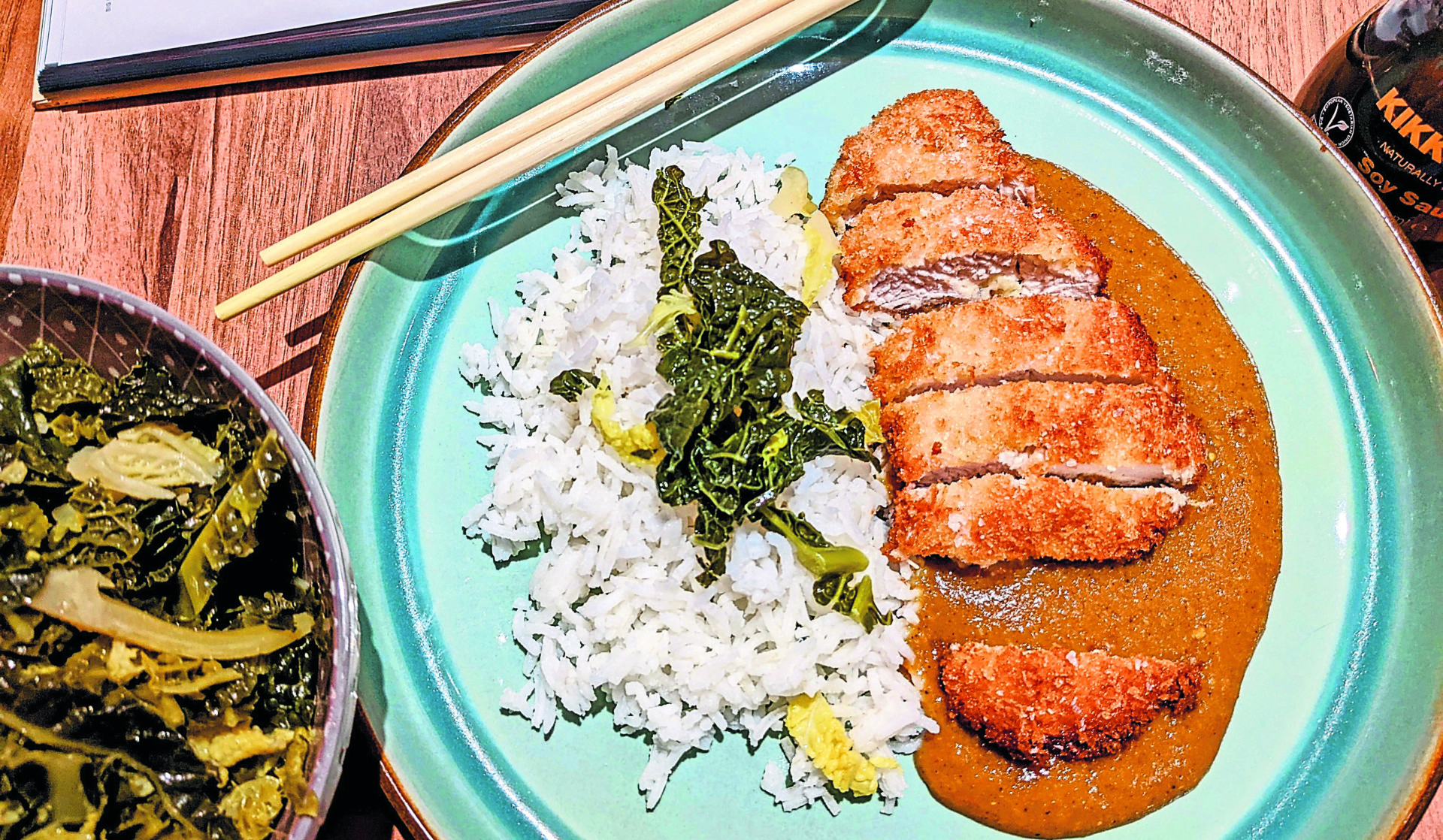Remember a couple of years ago you couldn’t put your head outside without seeing unicorns at every turn about. I mean, they were EVERYWHERE.
On kids’ backpacks, T-shirts, pencil cases, bicycles, tattoos – I even once saw a can of dubious meat online branded as unicorn steak. Don’t worry, I didn’t buy it. I’m not a complete clown (well, not today anyway).
Fast-forward to the Year of Our Lord 2022 and instead of unicorns, katsu curry is the new hottest ticket in town.
Crisps, crackers, Pringles (Pringles are technically not crisps), dips, ready meals, chicken nuggets, noodles – the modern consumer has a glut of products within which they can sample the loveliness which is, katsu curry.
However, as is usually the case with packaged consumables, the katsu curry flavouring therein usually leaves a lot to be desired. Were you told, for example that the katsu curry dip was simply a curry dip, you wouldn’t have batted an eye-lid. Real katsu curry, though… that’s when things start to get interesting.
Also known as panko chicken, or tori katsu, this curry is a relatively modern Japanese creation whereby a chicken breast is flattened, dipped in egg and panko breadcrumbs and then fried until golden and irresistible. It is then served with a special curry sauce which has its origins in the most unlikely of places.
Japanese curry, strangely enough, was not a knock-on affect of those early bastions of curry consumption like India or China or Thailand but rather… Britain. So the story goes, curry was only introduced to the hitherto closed Japanese society in the latter part of the 19th Century and those responsible were the sailors of the British Royal Navy. At the time, the Indian Subcontinent was under the British Empire colonial umbrella and consequently, sailors arriving in Japan brought with them a new form of gold dust: Curry powder.
These days – and katsu curry is a good example of this – the Japanese variant of the catch-all term ‘curry’ lies somewhere between Indian and Chinese and British and in my eyes is a great example of a dish which has been developed and honed to suit a new set of consumers. These days again, Japanese curry – more commonly referred to as ‘curry rice’ – is a popular comfort food in Japan and apparently, by the turn of the millennium, curry had become more popular than sushi and tempura. On the basis of this recipe it’s easy to see why.
From previous experience, I find that it’s better to make katsu curry a day or two after you’ve made the base sauce. There’s a fair bit of work with the sauce alone and unless you’ve a butler to knock up the breaded chicken fillets, there’s a fair bit of work in those too. And the good thing about doing the sauce ahead of time is that you can have curry twice in one week – result!
We normally do the sauce one night and then that forms the lubrication for half rice, half chips. The main event with the chicken and panko breadcrumbs arrives a few days later as you’re lamenting the absence of more curry in your life.
This is the recipe for Japanese curry sauce which is adapted from Tim Anderson’s excellent book, Japaneasy. It’s ‘adapted’ because I didn’t have the exact ingredients he prescribed, although I don’t think the eventual sauce suffered one bit.
INGREDIENTS (makes a lot)
4 tbsps of sunflower oil
1 onion, roughly chopped
thumb-sized piece of ginger, sliced
1 red chilli, quartered
3 garlic cloves, peeled and halved
6 cherry tomatoes
half a Pink Lady apple, peeled and roughly chopped
half a banana
40g of medium curry powder
1 tbsp of garam masala
1litre of chicken stock
60g of butter
5 tbsps of plain flour
2 tbsps of ketchup
1 tsp of honey
2 tbsps of Japanese soy sauce and possibly more to taste
THE PLAN
Get out your food processor and dump in the onion, ginger, chilli, garlic, tomatoes, apple, banana, curry powder, garam masala and pour over the sunflower oil. Blitz until it’s a paste.
Next pour all of this out into a saucepan and cook on a medium heat, stirring all the while, for a few minutes (five or six) so as to cook out the onions and garlic. Add all of the stock and bring to a simmer.
In another saucepan, add the butter and when melted, add the flour and whisk through to make a roux.
Cook on a low heat for a few minutes until it smells biscuit-y and then start ladling in the curry flavoured stock, whisking as you go. Keep going until all the stock is used and then add the ketchup, honey and soy sauce.
Let it simmer for another few minutes (it should be quite thick) and then taste for seasoning. If it needs it, add another dash of soy sauce.
Using a stick blender, blitz once more until completely smooth.
This is great stuff over rice and chips topped with some grated cheese or as in the picture (if you want to go the whole hog), with panko breaded chicken fillets and some steamed greens.
Katsu!









